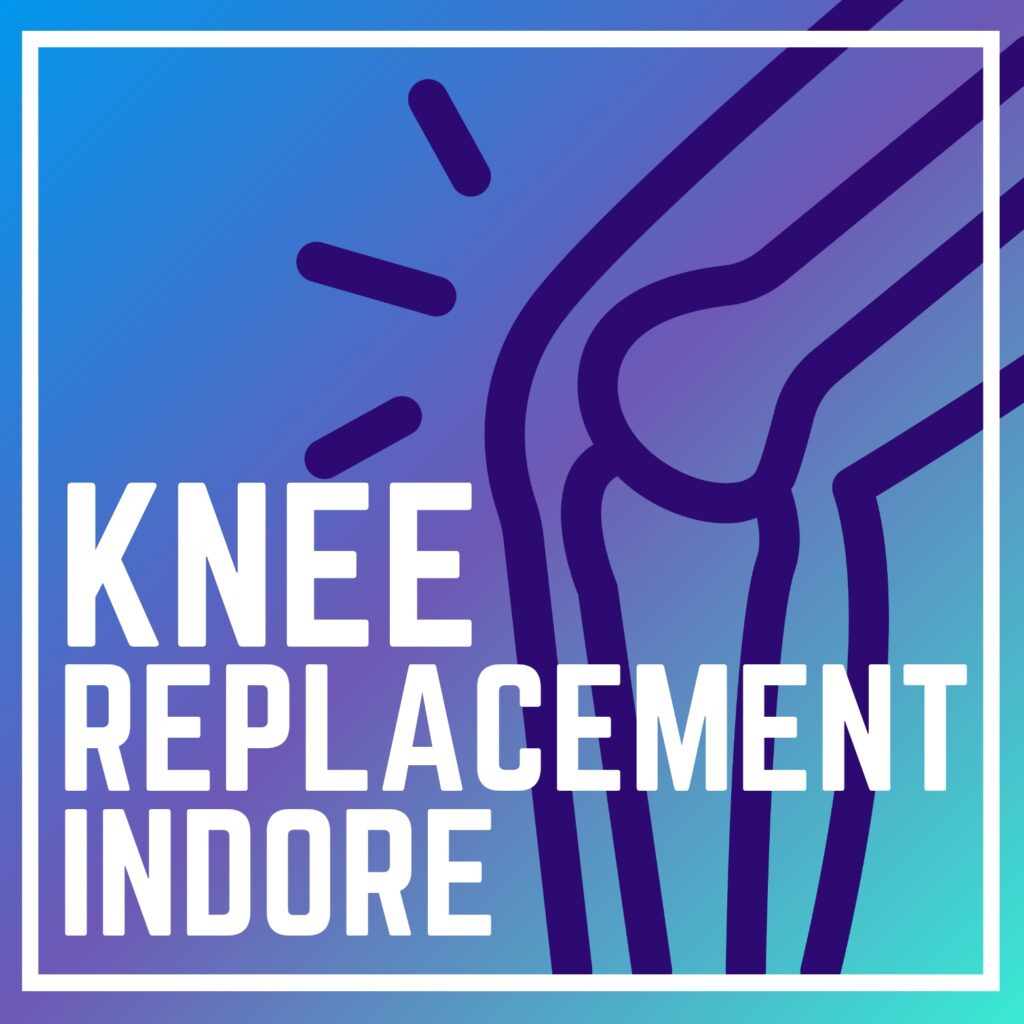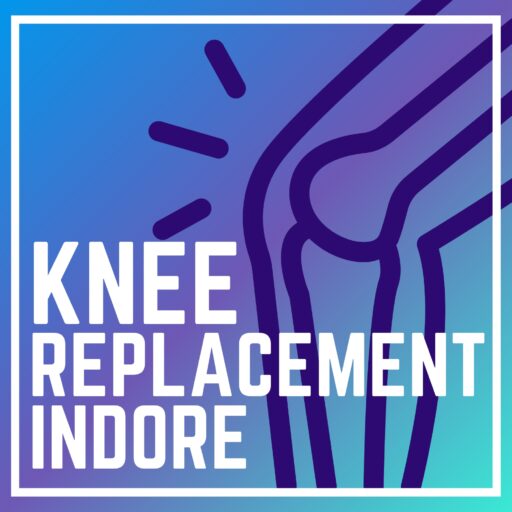3D Knee Resurfacing – A Game Changer in Knee Replacement Surgeries
Introduction
Knee pain from arthritis can severely limit everyday activities – walking to the market, climbing stairs, or sitting cross-legged. Traditional knee replacement surgery has helped millions, but technology has now taken a leap forward. 3D Knee Resurfacing is a modern, patient-specific approach that brings unmatched precision, less pain, and a faster return to daily life.
As an orthopaedic surgeon in Indore, my goal is to help patients regain a pain-free, active lifestyle with the safest and most effective techniques. In this article, I will explain what 3D Knee Resurfacing is, how it works, who it is for, the benefits proven by research, recovery expectations, possible risks, and costs in Indore.
What is 3D Knee Resurfacing?
3D Knee Resurfacing is an advanced form of knee replacement surgery that uses high-resolution imaging (CT or MRI) and specialized 3D software to create a precise model of your knee before surgery. This allows me to plan every detail – down to the millimeter – ensuring the implant fits your knee’s unique shape and alignment.
Unlike conventional knee replacement, where the surgeon relies mainly on standard instruments, 3D Knee Resurfacing is tailored to you. Only the damaged portions of cartilage and bone are resurfaced, preserving as much natural tissue and ligament as possible.
For some patients, this means partial knee resurfacing (only one side of the knee is replaced). For others with more widespread arthritis, we use the same 3D-guided principles for a total knee replacement.
Who is a Candidate for 3D Knee Resurfacing?
You may benefit from this procedure if you have:
Moderate to severe osteoarthritis in one or more compartments of the knee
Pain and stiffness that do not improve with medicines, physiotherapy, or injections
Difficulty climbing stairs, squatting, or walking short distances without pain
A desire for quicker recovery and a more natural knee feel
Live in Indore, Ujjain, Dewas, Mhow, or other parts of Madhya Pradesh and want modern, evidence-based knee surgery
Final eligibility is confirmed after a clinical examination, X-rays or MRI, and medical fitness tests.
How Does 3D Knee Resurfacing Work?
Step 1 – 3D Imaging and Planning
We take a CT or MRI scan to build a detailed 3D model of your knee. Using this model, I plan the exact size, position, and angle of the implant.
Step 2 – Patient-Specific Guides or Robotic Assistance
The plan is executed using:
3D-printed patient-specific cutting guides that match your bone exactly
Computer navigation or robotic systems to fine-tune alignment during surgery
Kinematic alignment techniques to match your knee’s original anatomy when safe
Step 3 – Minimally Invasive Surgery
Through a smaller incision, only the damaged cartilage and thin bone layers are resurfaced. Healthy parts of the knee and ligaments are preserved whenever possible.
Step 4 – Precision Implant Placement
Guided by technology, I position the implant exactly as planned. Stability and smooth motion are checked before closing.
Step 5 – Enhanced Recovery Protocol
Using modern pain control, physiotherapy, and early mobilization, most patients walk the same or next day and go home within 1–2 days
Benefits
- More natural feel: Partial resurfacing patients often report higher “Forgotten Joint Scores” than total knee replacements, meaning they forget they even have an artificial joint during daily activities.
- Faster recovery: Patients who have partial knee resurfacing tend to walk faster and return to normal activities sooner.
- High precision: Robotic or 3D-guided techniques can improve implant positioning accuracy.
- Preserved ligaments and bone: This can result in better function for certain patients..
- Comparable longevity: Long-term results of modern resurfacing techniques are promising when performed by experienced surgeons.
Recovery Timeline (Typical)
- Day 0–1: Stand and walk with support; pain managed with regional anesthesia and medicines.
- Week 1–2: Stitches removed; home exercises for knee movement and muscle strength.
- Week 3–6: Comfortable with most daily tasks; light walking outside; return to desk work.
- Week 6–12: Easier stair climbing; resume driving with approval; gentle yoga modifications.
- Month 3–6: Stronger knee, better balance, often “forget” about the joint during normal life.
Reduced Risk & Increased Safety of 3D Knee Resurfacing
Any surgery has risks, including infection, blood clots, stiffness, pain, or implant wear. These are minimized with:
Strict operating theatre sterilization
Antibiotic protection
Pre-surgery physiotherapy (“prehab”)
Early mobilization and clot prevention protocols
Careful patient selection
Costs of 3D Knee Resurfacing in Indore
The cost depends on:
Whether partial or total knee replacement is done
Type of implant (cemented or cementless)
Use of robotic technology or patient-specific guides
Room type and hospital stay duration
We provide clear cost estimates, assist with cashless insurance approvals, and offer EMI payment options for eligible patients.
Frequently Asked Questions
No. 3D resurfacing is a planning method. Surgery may be performed with patient-specific guides, navigation, or robotics
Many partial resurfacing patients report a more natural knee feel compared to total replacement
Usually within 24 hours of surgery, with gradual improvement over weeks.
We aim to preserve natural movement, but squatting deeply may still be limited for some patients. This will be discussed individually.
Modern implants can last 15–20 years or more; partial knees may need revision in some cases.
For Hindi Speaking Population
3D Knee Resurfacing एक नई तकनीक है जिसमें घुटने की 3डी योजना बनाकर केवल खराब हिस्से को बदला जाता है। इससे छोटी चीरा, कम दर्द और तेज़ रिकवरी होती है। इंदौर में मैं मरीज की ज़रूरत के अनुसार पीएसआई, नेविगेशन या रोबोटिक तकनीक का चुनाव करता हूँ।
About Dr. Anupam Khandelwal
I am KNEE REPLACEMENT surgeon based in Indore, specializing in knee arthritis, partial and total knee replacement, and revision surgeries. We Serve Central India & International patients also. My approach is to combine modern technology with patient-friendly care, helping you return to walking, climbing stairs, and living life without knee pain.

